#kulintang
Text
Album Of The Week: Pantayo - Ang Pagdaloy
Pantayo's second album, Ang Pagdaloy, presents a confident and bold statement from the Toronto quintet. With a sound that reveals a wealth of influences from pop, R&B, rock and electronic, Pantayo explores their experiences as queer diasporic Filipinas.
2 notes
·
View notes
Photo

Pantayo, live at The Great Hall in Toronto, July 2022
2 notes
·
View notes
Text
1 note
·
View note
Text
man i’m still so hung up on the way that this professor handled music in the philippines. there were Choices made and though i agreed with a few of them, i found most of them straight up fucking baffling and it was disheartening to not feel heard or invited to contribute to the discussion despite this subject matter being uhhhhhhh my fucking lived experience just because i didn’t pay a twenty dollar membership fee to the fil-am org
#if ppl actually walk away thinking kulintang = progressive and rondalla = conservative i’m going to scream and bite things#BARELY touched on actual music happening in the philippines. most of it was fil am stuff#like sure apo hiking was mentioned but THAT WAS THE ONLY ONE#and it was to juxtapose american junk with something a child of the diaspora made#which was filled with like AAVE appropriation and was mostly in english like hello?#and the point was ‘see this is male dominated and the new one is intersectional feminism’ YOURE MISSING THE POINT#OH MH FUCKING GOD#AMERICAN JUNK SUCCINCTLY CRITICIZES AMERICAN PHYSICAL AND CULTURAL HEGEMONY#ITS FRUSTRATION AND LAMENT AND RESISTANCE BUBBLING UNDER OUR ‘FRIENDLY FACES’#the new song the fil am woman made covers WAY too much im sorry#i couldn’t understand it and i showed it to my parents and they were like we don’t understand this either lol#half of its not even in any dialect of filipino language#so we’re appropriating Black American art—music created by another oppressed group—and calling it SEA music. cool cool#the only thing i liked was this assigned book i need to finish it but it criticized the activities of fil-am uni orgs#it helped me verbalize just what put me off joining these group#NOT EVEN BAYAN KO. WE DIDNT EVEN TALK ABOUT BAYAN KO?#AND NO ASIN EITHER I WAS SO MAD#UGH i’m glad we’re done with this unit i was really really disappointed by it#NO WAIT THE FUNNIEST THING IS WERE GONNA CALL BAYANIHAN DANCE COMPANY CULTURAL APPROPRIATION#BUT WERE NOT GONNA TALK ABOUT HOW FIL AMS CASUALLY APPROPRIATE BLACK AMERICAN ART WHILE ANTIBLACK RACISM IS SO PERVSSIVE IN THE COMMUNITY#HELLO?
7 notes
·
View notes
Text
I'm assuming Forget Me Not is still running around with Manus Vindictae so. I hope he becomes a recurring boss for fun. Except instead of fighting with his piano he keeps switching it up with another instrument.
1970s, we fight against his synthesizer. It's the fucking.. middle ages and this man beats you with a lute. Next time he has a cello. Later on a guzheng. An irish tin whistle. A kulintang. We meet him in Spain and he has his castanets ready. Somehow Arcana is there playing Flamenco on guitar as background music.
225 notes
·
View notes
Text

"When Alamat officially debuted in February 2021, the group also released its self-written debut anthem kbye, which left many people flabbergasted. The new track is in a mix of seven local languages—Tagalog, Ilocano, Kapampangan, Bicolano, Waray-Waray, Hiligaynon, and Bisaya. According to Ninuno Media, Alamat’s official music label, the incorporation of different languages into the song is a reflection of the group’s commitment to multilingualism. Moreover, the seven local languages reflect the member’s native language and ethnicity.
"For instance, Taneo is from Kalinga, where Ilocano is mostly spoken. Mo, despite having Black-American blood, hails from Zambales where Tagalog and Ilocano are among the dominant languages people use. Jao can speak Kapampangan as a native resident of Pampanga; Tomas represents the Bicolano; Alas is a Bisaya from Mindanao; and R-ji embodies a Waray person of Eastern Samar.
"The song captures the universality of heartbreak and of being ghosted while fusing traditional music with a hip-hop sound. True to its mission of championing the local culture, Alamat also incorporates the traditional sound of kulintang and the rhythm pattern of tinikling, a prominent folk dance in the country. The official music video of the song also showcases some of the defining features of Filipino culture: native prints in their streetwear, the appearance of baybayin, and a traditional jeepney.
"Three months after the release of ‘kbye,’ the single already reached 1M plays, enough for the group to secure a spot in the growing P-pop industry."
Read: Championing Philippine culture: a guide to Alamat discography
#Alamat#ppop#ppop rise#pocsource#mocedit#mensource#filipino idols#filipino artists#Album: IsaPuso#6uinoo#Article#RepublicAsia#Future Forward
20 notes
·
View notes
Video
"Hey Motzie did you edit your Spotify Wrapped with Filipino kulintang trap music"
Yes.
This really puts into perspective how AMAZING our listeners have been!
Help us get to 1k on Youtube before the end of December and we'll post BONUS EPISODES for everyone to enjoy!
Sources in the reblog~
#hinaypod#hi nay podcast#audio drama#spotify wrapped#spotify podcast#horror podcast#filipino podcast#lgbtq+ podcast
87 notes
·
View notes
Text
ten uncommonly used Filipino word
1: Kalapati - dove or pigeon
Example: "Nakakakita ako ng kalapati sa hardin kanina." (I saw a dove in the garden earlier.)
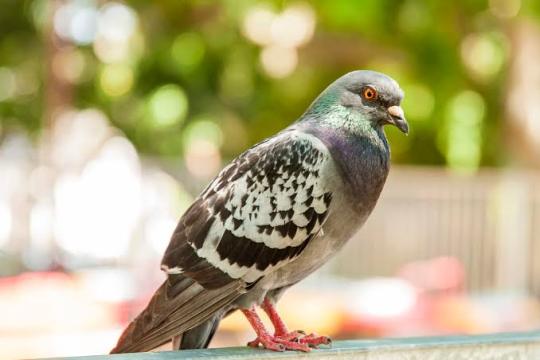
2: Pamumunong-kawani - bureaucracy
Example: "Ang pamumunong-kawani ay mahirap sagutin dahil sa dami ng papeles na kailangang isagawa." (Bureaucracy is difficult to navigate because of the number of papers that need to be processed.)
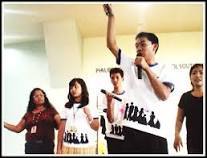
3: Pangangalaga - care or custody
Example: "Mahalaga ang pangangalaga sa kalikasan upang mapanatili ang kagandahan ng ating kalikasan." (Taking care of the environment is important to preserve its beauty.)

4: Kulintang - a type of traditional musical instrument
Example: "Marunong siyang tumugtog ng kulintang." (He knows how to play the kulintang.)
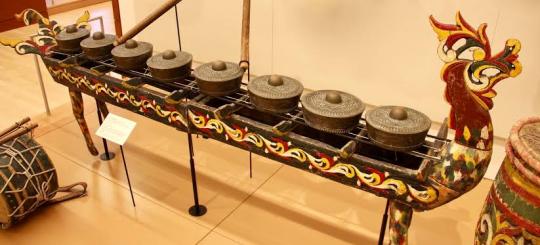
5: Panglaw - refreshment or drink
Example: "Ang mga bisita ay inalok ng iba't ibang uri ng panglaw." (The guests were offered different kinds of refreshments.)
6: Lapastangan - disrespectful or blasphemous
Example: "Hindi dapat tayo maging lapastangan sa mga tradisyon ng ating mga ninuno." (We should not be disrespectful to the traditions of our ancestors.)

7: Pamamangka - boating or rowing
Example: "Mahilig siya sa pamamangka sa ilog tuwing Linggo." (He likes boating in the river every Sunday.)
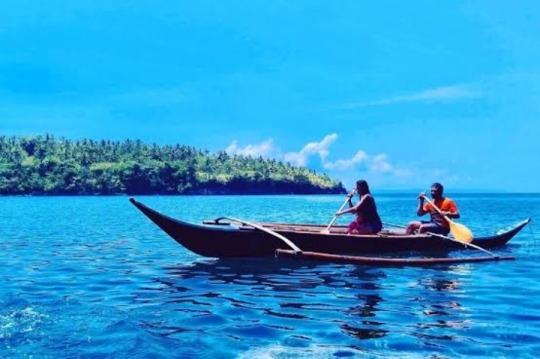
8: Kabatiran - knowledge or awareness
Example: "Dapat nating pahalagahan ang ating mga kabatiran sa kasaysayan." (We should value our knowledge of history.)

9: Kalupi - wallet or purse
Example: "Nawawala ang aking kalupi kaya't hindi ako makabili ng pagkain." (I lost my wallet so I can't buy food.)

10: Tayuyuan - mutual understanding
Example: "Mahalaga ang tayuyuan sa isang relasyon upang magtagal ito." (Mutual understanding is important in a relationship to make it last.)

2 notes
·
View notes
Text
Filipino artists (both local and diaspora) that I found on Bandcamp.
It's fun to poke around in there to see what you can discover.
Haley Heynderickx - introspective, hypnotic, playful folk music. Incredibly empathetic and charming.
Fave: Drinking Song from I Need to Start a Garden
Han Han - fiery and feminine hip hop with some songs in Tagalog, some in Cebuano, occasionally mixed with English. Catchy as hell.
Fave: Kuyaw from URDUJA
Munimuni - soothing, dreamy Tagalog songs that will have you gazing out the window and yearning for love as soft as the sunrise.
Fave: Marilag from Simula EP
Pantayo - Three words: contemporary kulintang music. It's extraordinary. They've mixed the unique sound of traditional percussion instruments with elements of electronic, synth-pop, punk, and R&B music and created something truly wonderful.
Fave: Eclipse from Pantayo LP
Orange & Lemons - They used to be pretty big on the OPM scene, then they disbanded and went quiet for fourteen years. I wasn't much of a fan back then, but now they're back with an all-Filipino album of unabashedly romantic modern kundimans and I'm into this sound. Poetic as fuck.
Fave: Pag-ibig sa Tabing-dagat from La Bulaqueña
#Haley Heynderickx#Han Han#Munimuni#Pantayo#Orange & Lemons#music#Filipino music#Philippines#Bandcamp#the rec list I've been saying I should make#here at last#for June 12th
8 notes
·
View notes
Text
Visit Singapore’s Palace on April 24, Hari Raya Open House
The Istana, Singapore’s palace, will be open to the public on April 21 in celebration of Hari Raya Aidilfitri and Labour Day.
Held from 8.30am to 6pm, the open house will offer visitors live performances, activity and merchandise booths, food stalls, and tours of the Istana grounds. Visiting the open house is a great opportunity to immerse yourself in Singapore’s multi-cultural festivity.
Photo credit: Straits Times
Multicultural dances and traditional tunes – featuring instruments such as the angklung, kulintang, and gamelan – will be performed by the students from several schools. Apart from browsing merchandise booths selling limited-edition Istana and President’s Challenge souvenirs, visitors may also consider patronising the merchandise booths set up by three social service agencies. Do note that only cashless payments will be accepted, via credit or debit cards or QR code.
Guided tours of the Istana’s main building take visitors to view selected function rooms and some of the state gifts presented over the years to Singapore’s leaders. These will be available every half an hour from 9.30am to 5pm.
Visitors may also choose to tour the building on their own.
Those interested in the Istana’s flora and fauna can join the nature guided tours conducted by National Parks Board volunteers every hour from 10am to 4pm.
Both tours cost up to $4 for Singaporeans and permanent residents, and up to $20 for all other visitors, depending on their age.
Entry to the Istana grounds during the open house is free for Singaporeans and permanent residents.
How much is the entrance fee for Istana Open House?
All other visitors will need to pay an entrance fee of $20 per adult and $10 per child aged between four and 12. Children under four years old may enter for free.
All proceeds from the entry to the Istana grounds, tours and President’s Challenge merchandise booth will go to charities supported by the President’s Challenge. Proceeds from the social service agencies’ booths will go to the agencies themselves.
The Istana Heritage Gallery, located in Istana Park, across the main gate, will also be open. Entry is free for all visitors.
Visitors may enter the Istana grounds from the main gate along Orchard Road. The nearest MRT station is Dhoby Ghaut.
More information on the open house can be found on Istana’s website.
BROWSE ATTRACTIONS
DOWNLOAD APP
0 notes
Text
Pantayo are queer Filipinx kulintang gong punks based in Tkaronto, Canada
0 notes
Text
10 uncommon filipino words
1. Kulintang
- a traditional Filipino musical instrument
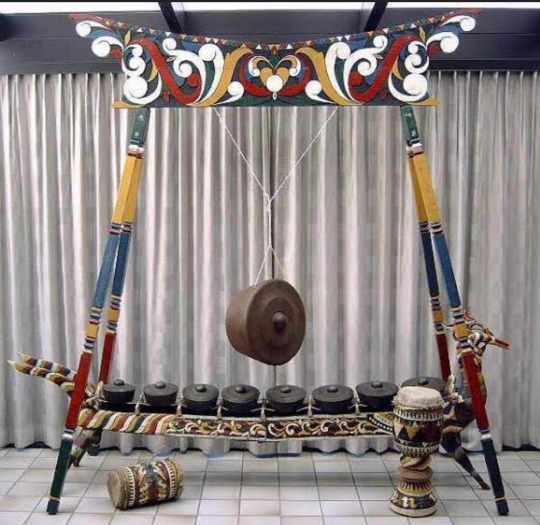
2. Balintawak
- a type of traditional Filipino attire
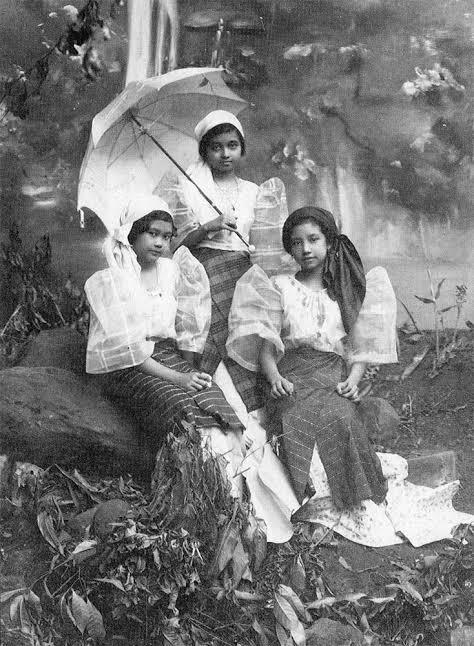
3.Kakistocracy
- a government led by the least qualified individuals

4.Sariling-sikap
- self-reliance or self-sufficiency

5.Daliri
- fingers or digits of the hand

6.Tampipi
- a small, woven basket or container

7.Lutu-lutuan
- a toy kitchen set for children

8.Balikbayan
- a returning Filipino, often from abroad
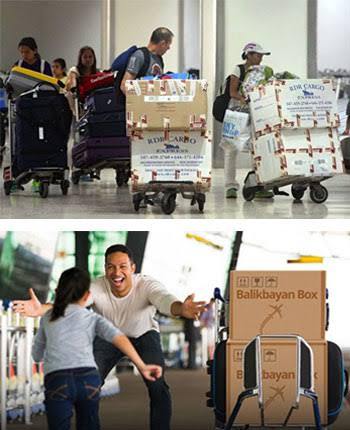
9.Tingi-tingi
- retailing goods in small, affordable quantities

10.Lagari
- the act of skimming or gliding, often used in the context of a quick visit or drop-by.

0 notes
Text
Celebrating Filipino Culture: The Filipino Festival in Los Angeles
The City of Angels is known for its vibrant cultural tapestry, and one of the most colorful threads in this diverse fabric is the Filipino community. Filipinos have been an integral part of the Los Angeles community for decades, bringing with them their rich culture, traditions, and, of course, delicious cuisine. One of the most eagerly awaited events on the Filipino community's calendar is the annual Filipino Festival in Los Angeles, a celebration of everything that makes Filipino culture so unique and beloved.
The Filipino Festival: A Glimpse into Filipino Culture
The Filipino Festival in Los Angeles is a cultural extravaganza that takes place once a year, offering locals and visitors alike a chance to immerse themselves in the vibrant world of Filipino culture. This event provides a unique opportunity to learn about the Philippines, its people, and their traditions without leaving the city.
Food: A Filipino Fiesta
One of the highlights of the Filipino Events Los Angeles is undoubtedly the food. Filipino cuisine is a fusion of indigenous, Spanish, Chinese, and American influences, resulting in a delightful blend of flavors and textures. At the festival, you can savor mouthwatering dishes like adobo (a savory meat stew), lumpia (spring rolls), sinigang (a sour soup), and Lechon (roast pig). Be sure to save room for dessert, as Filipino sweets like halo-halo and bibingka are sure to satisfy your sweet tooth.
Entertainment: A Feast for the Senses
In addition to the delectable food, the Filipino Festival offers a wide array of entertainment options. Traditional Filipino dances like the tinikling, singkil, and mesmerizing fan dance are performed in colorful, intricate costumes. Live music featuring traditional instruments such as the kulintang and rondalla adds to the festival's festive atmosphere. Visitors can also enjoy modern Filipino music and performances, showcasing the country's diverse musical landscape.
Arts and Crafts: Handmade Treasures
The festival also provides a platform for local artisans to display and sell their handmade crafts and products. You can find beautifully crafted jewelry, clothing, pottery, and more, all reflecting the artistry and craftsmanship of Filipino artisans. These unique items make for wonderful souvenirs or gifts that showcase the culture and talent of the Filipino community in Los Angeles.
Cultural Exhibits: A Journey Through History
For those interested in history and heritage, the Filipino Festival in Los Angeles often features cultural exhibits and displays. These exhibits offer a glimpse into the history of the Philippines, its people, and their contributions to the diverse cultural landscape of Los Angeles. From historical photographs to artifacts, these displays provide a rich educational experience for attendees.
Community and Unity
The Filipino Festival is not just a celebration of culture; it's also a testament to the strong sense of community and unity within the Filipino population in Los Angeles. It serves as a gathering point for both Filipino-Americans and those interested in learning more about Filipino culture. It's a place where friendships are forged, stories are shared, and a shared pride in Filipino heritage is celebrated.
Conclusion
The Filipino Festival in Los Angeles is a vibrant celebration of Filipino culture, offering a taste of the Philippines right in the heart of the city. Through food, entertainment, arts, crafts, and cultural exhibits, this annual event creates a bridge between the Filipino community and the wider Los Angeles community, fostering understanding, appreciation, and unity.
0 notes
Text
Things you need to know about Philippines (By: Teja Reza Mae Baclaan)
May 06, 2023
The Philippines is a country rich in culture, with a fascinating blend of influences from its Asian and Spanish colonial past. From the food to the language to the arts, Filipino culture is diverse and unique. In this blog, we'll explore some of the highlights of Filipino culture and what makes it so special.
Family and Community
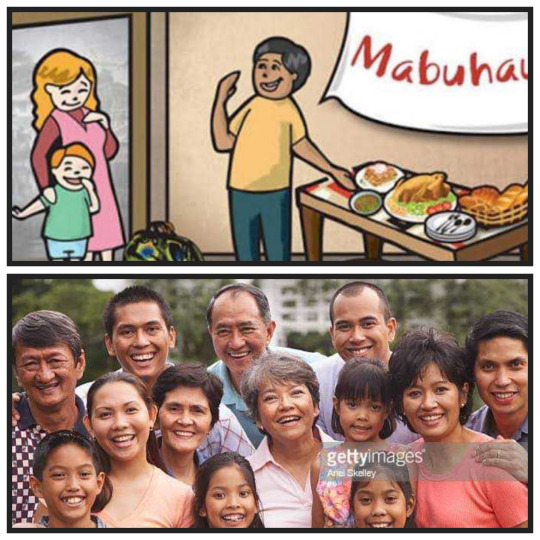
Filipino culture places a strong emphasis on family and community. Extended families often live together and support each other, with grandparents, aunts, and uncles playing a vital role in raising children. Filipinos are known for their warmth and hospitality, and visitors are often welcomed into homes with open arms. The concept of "bayanihan," or communal work, is also an important part of Filipino culture, with neighbors coming together to help each other in times of need
Overall, Filipino culture is a rich and diverse tapestry of food, language, arts, religion, and community. Its unique blend of Asian and Spanish influences creates a vibrant and colorful cultural landscape that is both fascinating and welcoming. Whether you're exploring the bustling streets of Manila or the tranquil beaches of Palawan, you're sure to encounter the warmth and hospitality that is so characteristic of Filipino culture.
Religion

The Philippines is predominantly Catholic, with around 80% of the population following the faith. The country's Catholic heritage can be seen in its many churches and religious festivals, such as the Sinulog festival in Cebu and the Ati-Atihan festival in Aklan. However, the Philippines is also home to a large Muslim population, particularly in the southern part of the country.
Food
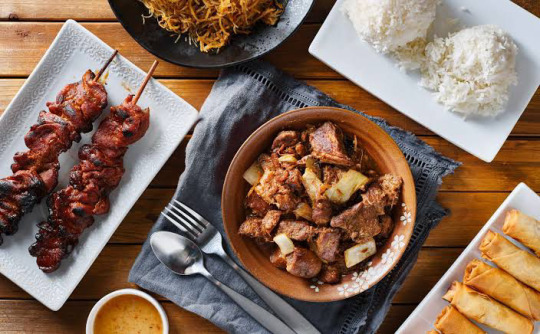
One of the most popular and beloved aspects of Filipino culture is the food. Filipino cuisine is a unique fusion of Asian and Spanish influences, with dishes that are flavorful and hearty. Adobo is a staple Filipino dish that features meat (usually chicken or pork) cooked in vinegar, soy sauce, garlic, and other spices. Other popular dishes include pancit (noodles), lechon (roast pig), and sinigang (a sour soup). Filipinos also love their snacks and street food, such as lumpia (spring rolls) and halo-halo (a shaved ice dessert with fruit and sweet beans).
Language

Filipino culture is also characterized by its diverse languages. While Tagalog is the official language of the Philippines, there are over 170 different languages and dialects spoken throughout the country. English is also widely spoken and used in business and education. The unique blend of languages and dialects creates a colorful and diverse cultural landscape, with each region having its own distinct identity.
Arts and Music

Filipino culture is also expressed through its arts and music. Traditional Filipino music is characterized by its use of indigenous instruments, such as the kulintang (a set of gongs) and the kubing (a bamboo mouth harp). The tinikling dance, which involves dancers jumping over bamboo poles, is a popular example of traditional Filipino dance. In contemporary culture, Filipino music and dance have been heavily influenced by Western pop culture, creating a unique fusion of traditional and modern styles.
0 notes